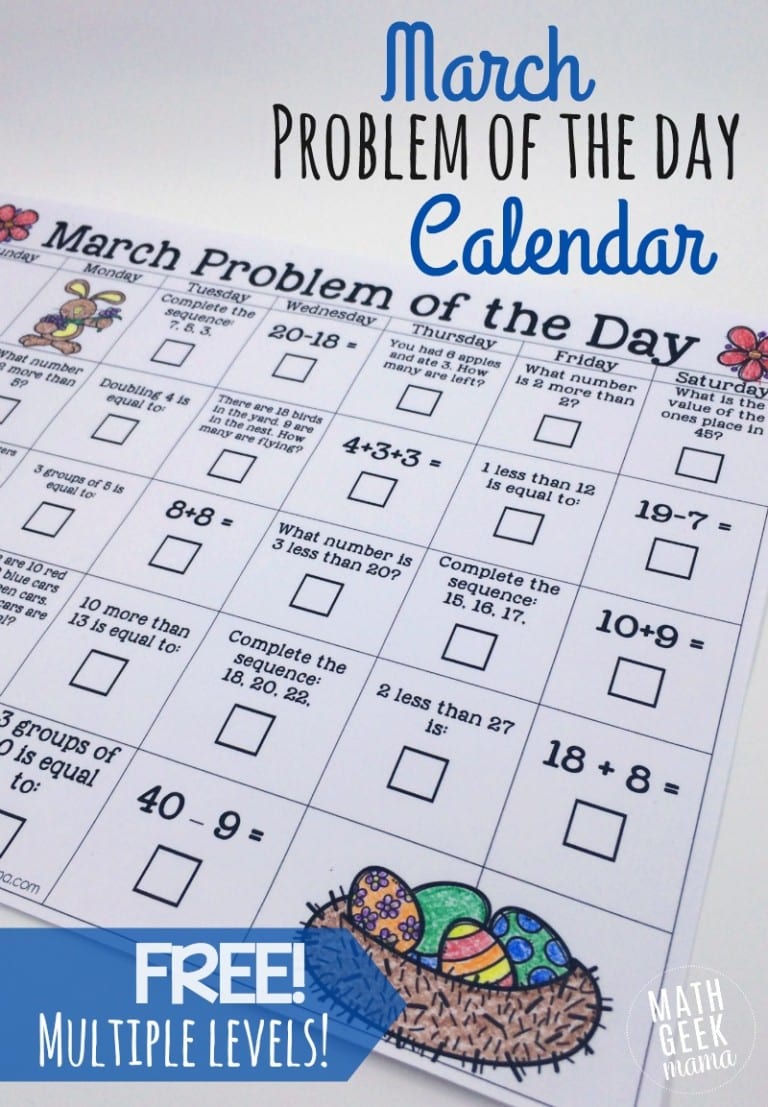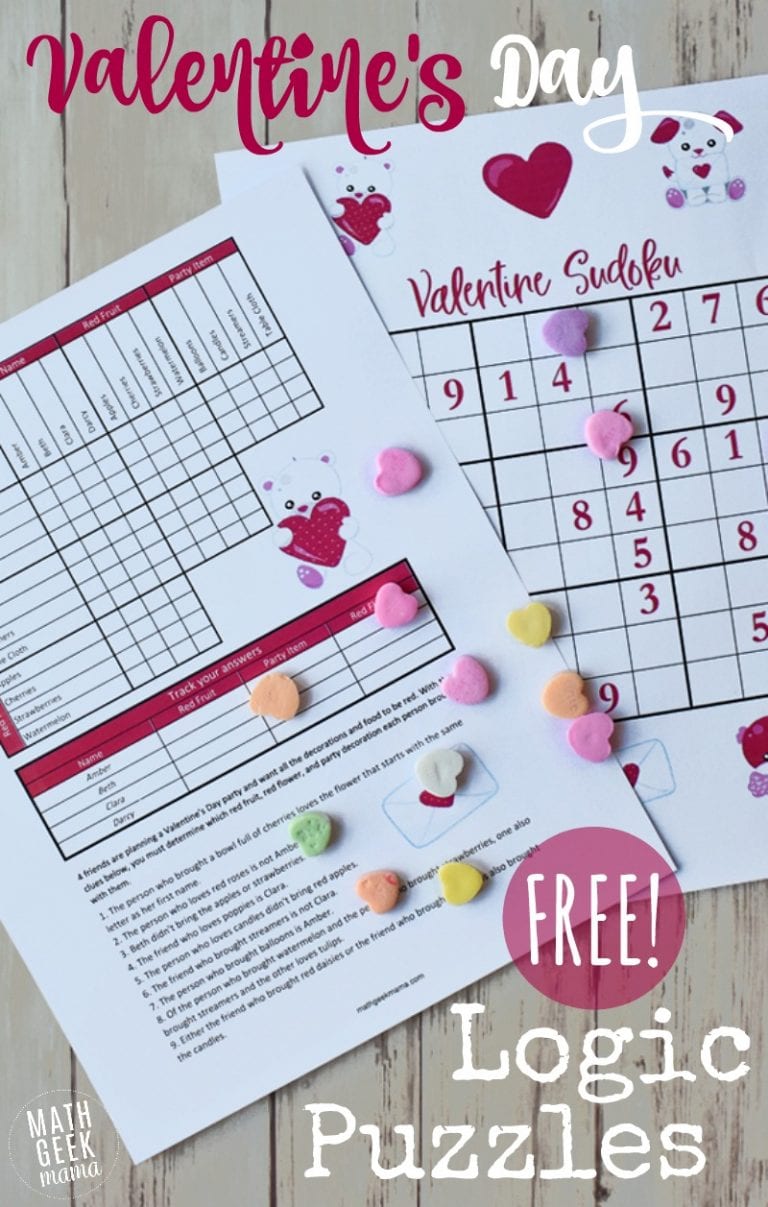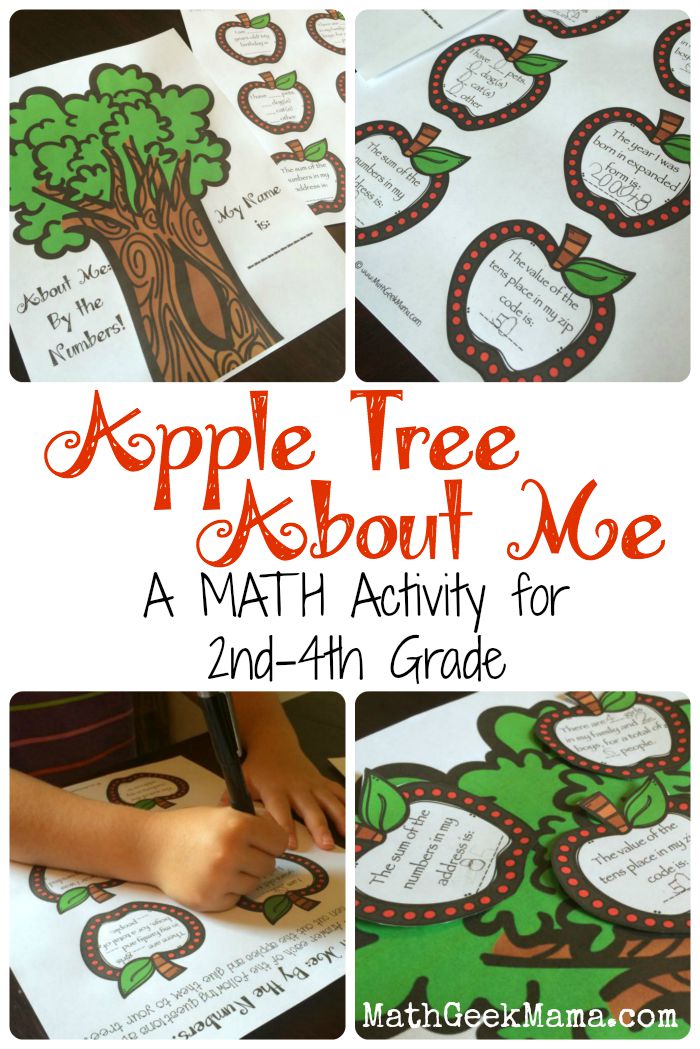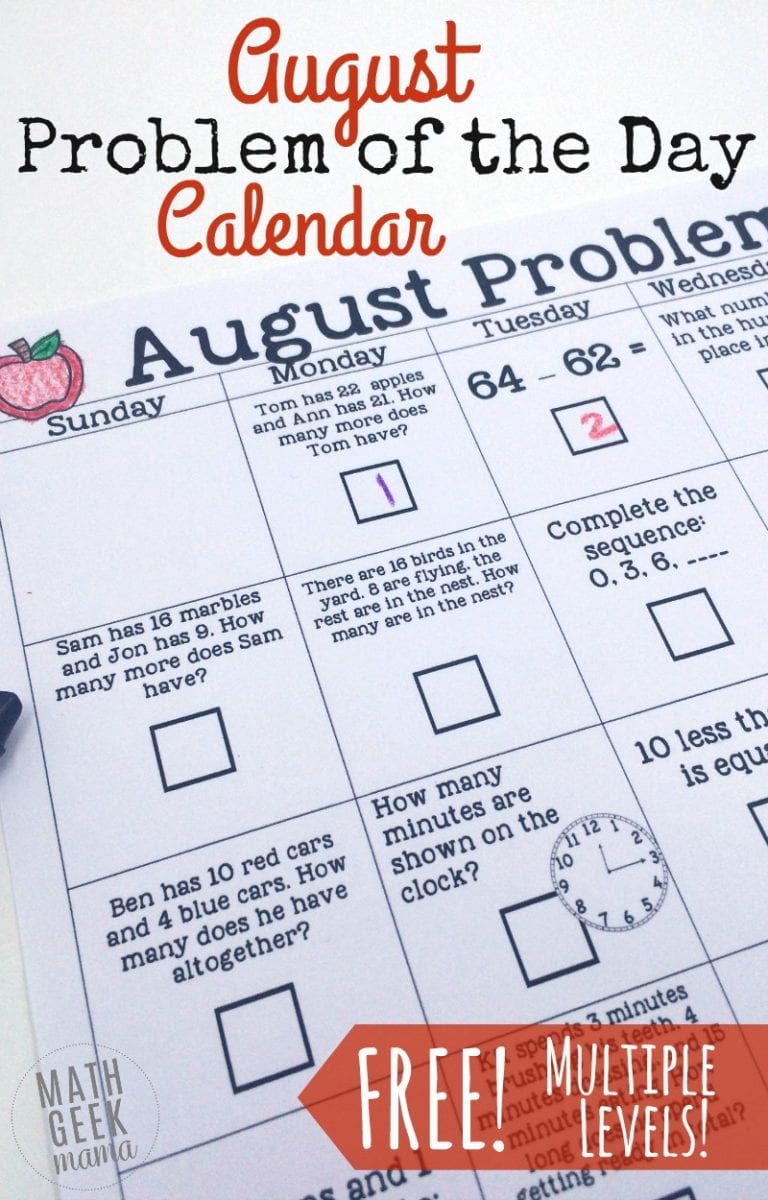Build Math Habits: Talk About Math & Justify Thinking
Teach your kids to talk about math and justify math thinking as they explore and grow as mathematicians. Use these tips and free resources to get started!
Today I am continuing my series on the Standards for Mathematical Practice. The goal of this series is to help our students build strong math habits so they can be thinkers and problem solvers.
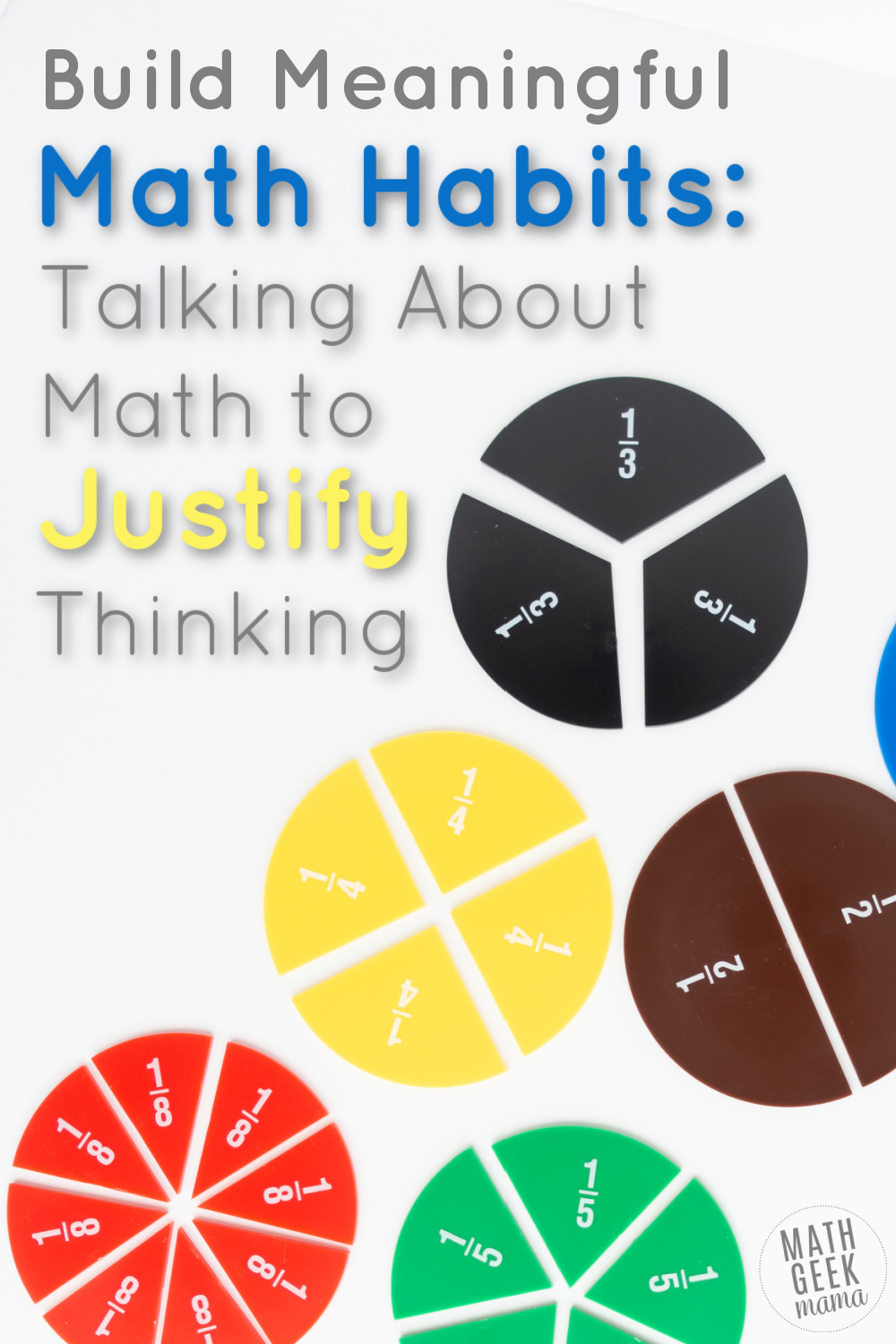
*Please Note: This post contains affiliate links which support the work of this site. Read our full disclosure here.*
Ok, let’s dive in! Last week, I talked about encouraging perseverance in problem solving.
I received the following tip/experience from Kathy and wanted to share with you all (I hope this is encouraging to you!):
“As a math and science classroom volunteer (elementary), I get to introduce puzzles – logic, rebus, sudoku, toothpick, etc. – to the kiddos in the various classrooms I work in. My teachers and I have seen that working these helps them see the answer doesn’t just pop out at you. I tell them we are doing sideways math, because sometimes you have to sneak up on a problem. We’ve seen an increase in scores and an ability to keep poking at a problem rather than giving up.”
Today I want to focus on two more standards-what they mean and how we can foster these practices in our students and classrooms:
1. Construct viable arguments and critique the reasoning of others and
2. Attend to precision.
As we talked about previously, if your focus is on providing opportunities for productive struggle through solving meaningful problems, this will then require students to think through, talk about and write about how they solve (or try to solve) these challenging problems.
This means students will have to learn to articulate their ideas, strategies and solutions in ways that make sense to others. Likewise, they then have to listen, think about and consider others’ reasoning or argument to consider whether or not it is a valid approach to solving the problem.
Underlying all of this is a commitment to ‘attend to precision.’ We want kids to learn to be precise, not only in their computations, but also in how they talk about and write about math problems in a given context. (But again, this precision doesn’t happen over night…it’s a process as they learn and grow as mathematicians).
So how can we help to foster good math talk, logical reasoning and critique as well as precision in these things?
Model Precision & Math Vocabulary Usage:
First, we as teachers must always be conscientious to model precision as we talk about math strategies, vocabulary and solutions in context.
We can’t expect kids to always have the right words and always remember to use the correct units, but we can certainly work hard to model correct use ourselves.
For example, if a word problem involves measurement, then the final solution should include those units (i.e. 5.6 inches/centimeters/miles/grams, etc. not just 5.6). Or if you’re discussing a multiplication problem, you can use the terms ‘factor’ and ‘product’ as you discuss it to remind students what the numbers are called and how they relate to one another.
Model Exploratory Math Language:
We can also model exploratory talk, or thinking through our process to solve. Allowing students to see us “think out loud” as we make sense of a problem will help them to see this as normal and accepted (rather than only wanting to talk or share something polished and final).
Beyond simply modeling precision and reasonable math arguments and strategies for your students, what other things can you do to help develop these skills in your students?
Well, again, I think it begins with giving them opportunities to actually do these things. One of the best ways to provide that opportunity is with number talks.
In a number talk, students are challenged to solve a computation problem mentally, and then explain how they solved it. This gives them a chance to construct a viable argument, as well as converse with and consider the ideas and reasoning of their peers.
This also gives you another opportunity to model precise vocabulary and reasoning as you record their thought process on the board or to model your own ideas as you “think out loud” for students.

Practice Justification Using Error Analysis Tasks
Another way to help kids critique the reasoning of others is through error analysis. This means you present them with a math problem that has already been solved and the thinking/strategy shown and have students consider
1. If the solution is accurate and
2. Whether the strategy used was appropriate/efficient or where the error occurred and why.
Sometimes you might let kids consider their own work, or switch papers with a partner to discuss a problem and sometimes it might be a pre-planned solution/strategy that you want the whole class to consider together.
Find More Resources to Help Your Students Justify Their Thinking:
Ready to get started? The following resources will help you get started with number talks, foster more math discussion in your classroom or encourage more error analysis and attention to precision as kids learn to justify math thinking.
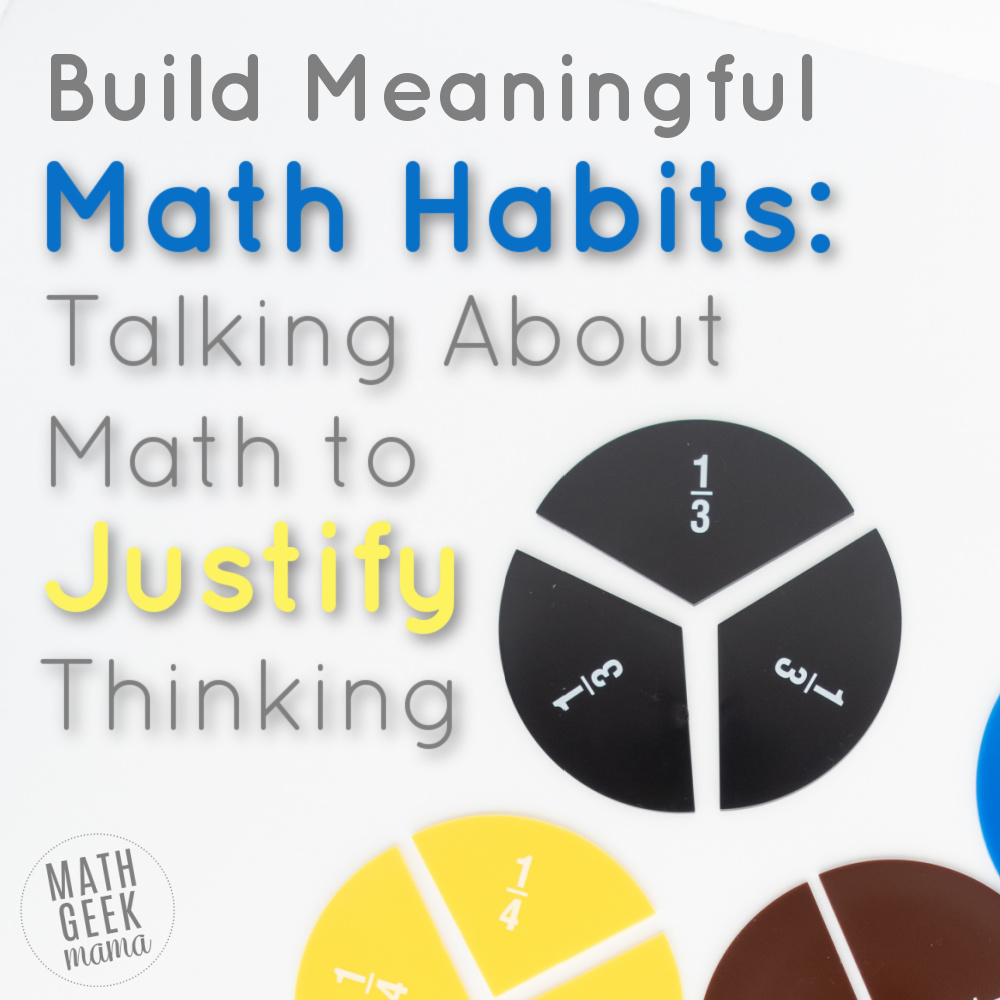
- Learn more about number talks here
- Grab number talk planning pages here | instant download!
- Learn about other math class starters that will foster productive math conversations
- Read the 3 types of math errors here (and how to encourage precision)
- Read the book, Rough Draft Math: Revising to Learn, which will help kids to talk and write about ideas, even if they don’t yet have a solid strategy or solution (I just discovered this book last week…I’ve got a long summer reading list going at this point!)
- Read the book, Intentional Talk: How to Structure & Lead Productive Mathematical Discussions
Another quote that I found helpful:
“Communicating awkwardly as we try to make sense of things is a sign that learning is taking place. Our use of bumpy language is actually productive struggle in action…Learners can gradually shift their use of language to become more aligned with formal language use in mathematics, but they can do so when formal terminology makes sense to them.” –Rough Draft Math
Ready to Dig Deeper?
If you are loving this conversation and want to learn even more about helping kids to talk about and write about math, I go into much more depth than I had time for here in my courses, Meaningful Number Talks and Thinking Deeply: How to Incorporate Meaningful Writing in Math Class.
Although all of my courses are available separately, they are truly designed to work together to provide a foundation for math teaching in K-8. All together, the 6 courses include 8 hours of professional development, which you have lifetime access to. If you work through one course per week, you could easily complete all of them.
>>Learn more about all the courses HERE
FREE Math Practice Standards Poster Set!
Want to explain these math habits to your students? This fun and free set of posters provides a springboard for discussion as well as a visual reminder all year long.
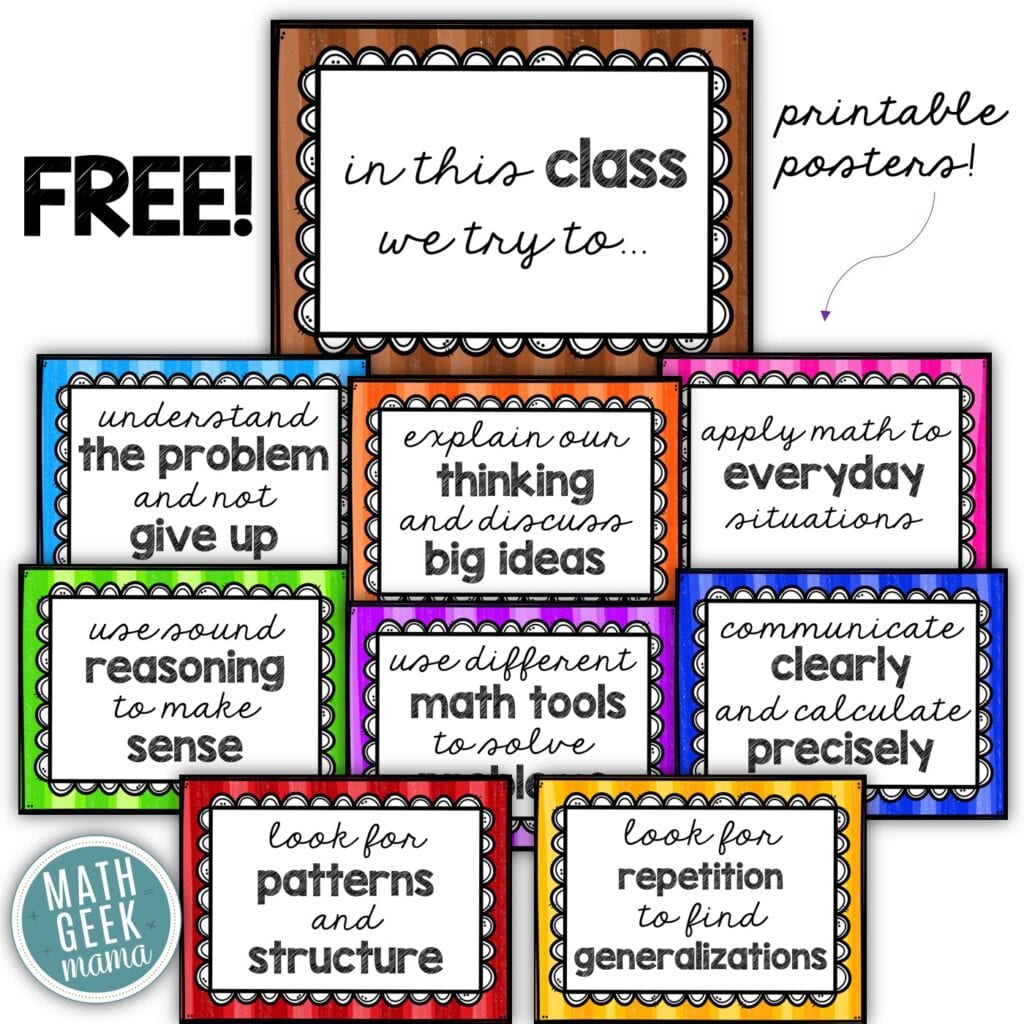
There are two versions included in this pdf file. One includes a cursive font and the other includes only manuscript fonts so you can use these with younger students.
I’ve also adjusted the wording of some of the standards so that is uses more kid friendly language.
Grab this free poster set by entering your email below!



